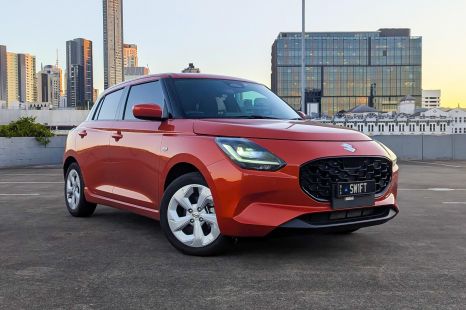

William Stopford
2025 Suzuki Swift Plus review
5 Days Ago
The 2023 Mercedes-AMG EQE 53 has been snapped testing around Affalterbach, likely with the same powertrain as the bigger EQS.

Contributor
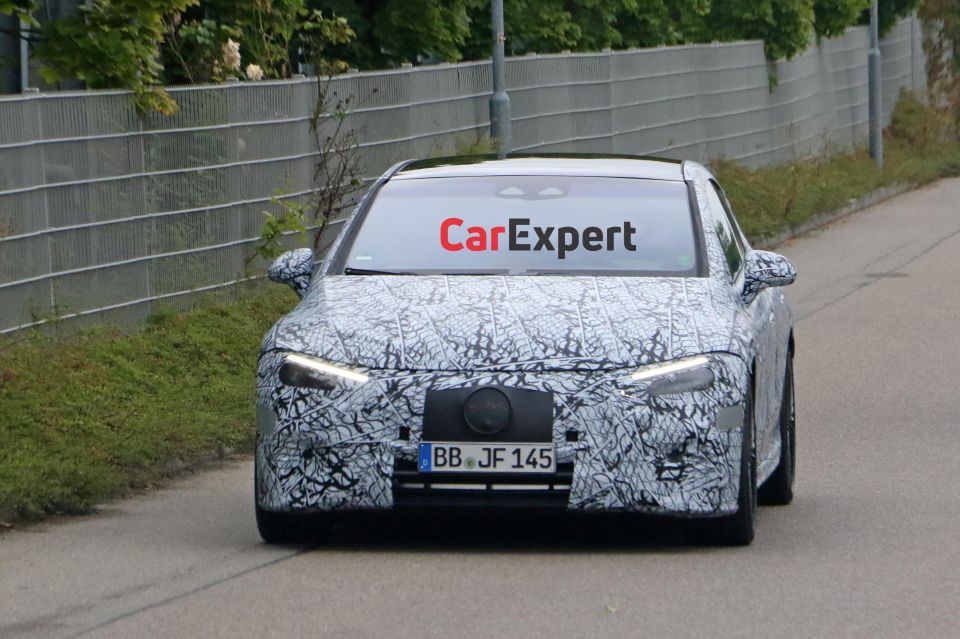

Contributor
A hotter Mercedes-Benz EQE electric sedan is in the works.
Having revealed the larger EQS 53, it appears Mercedes-AMG is applying the same treatment to the smaller EQE.
The car pictured has a ducktail rear spoiler like the EQS 53, and was snapped around AMG headquarters in Affalterbach. In other words, it’s not hard to glean what’s hiding beneath that camouflage.
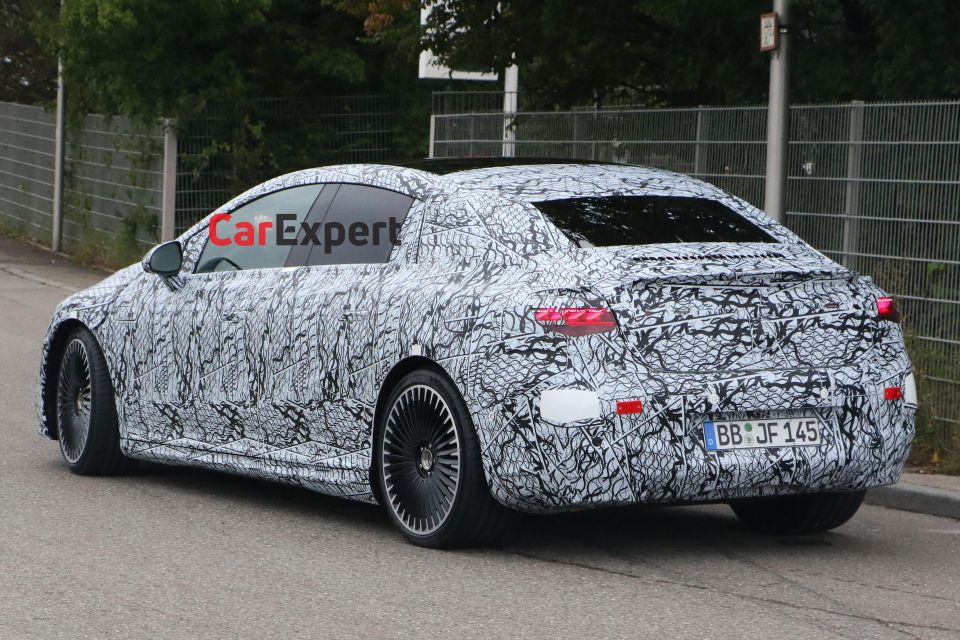
Although it’s covered on this prototype, expect the EQE 53 to have a more aerodynamic version of the Panamericana grille that’s been rolled out across the AMG range.
Using the EQS 53 as a guide, it’s likely to ride on aero wheels with racier designs than the standard car, and a full gamut of AMG badges.
There are, of course, no big exhaust pipes to signify the performance on offer here.
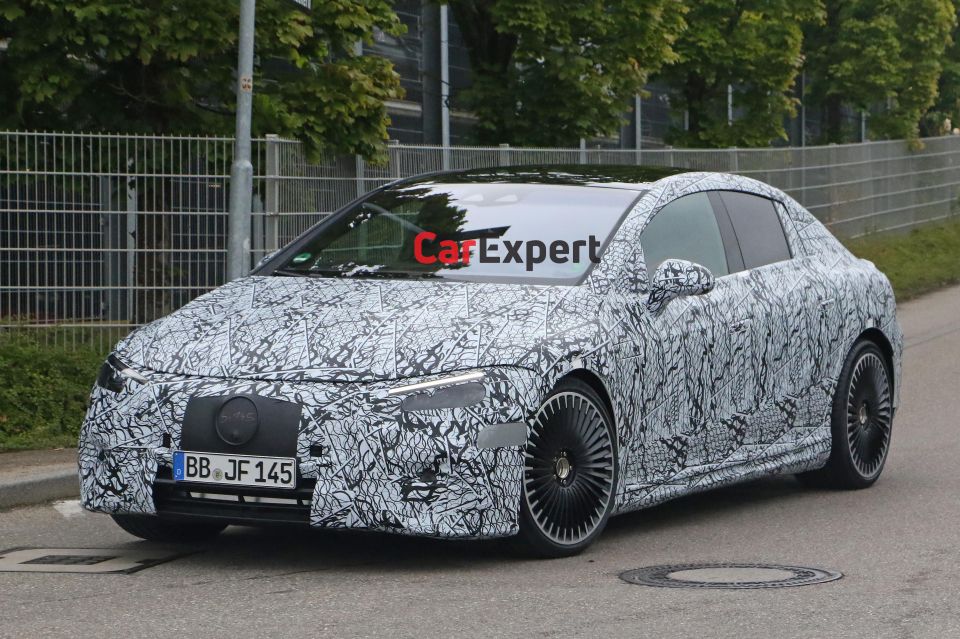
As for what’s under the skin? The non-AMG EQE has a 90kWh battery pack, which likely points to what we can expect from the AMG 53 pictured here.
Two models of the larger EQS are being offered, which could offer us some clues as to what’s coming for the EQE.
The entry-level EQS is the AMG 53, with 484kW of power and 950Nm of torque from its dual-motor all-wheel drive system.
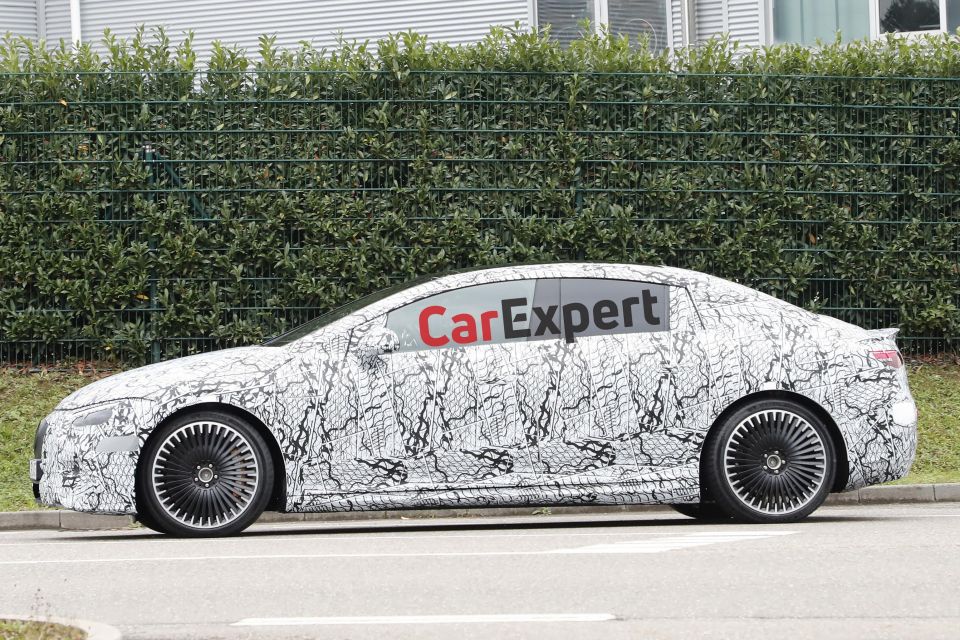
The 100km/h sprint takes a claimed 3.8 seconds, and top speed is 220km/h.
Opting for the AMG Dynamic Plus package ups peak power to 560kW and peak torque to 1020Nm for a 3.4-second sprint to 100km/h. Flat out you’ll be doing 250km/h.
The package also gets a unique Performance sound, with “onboard shakers and loudspeakers make the power of the electric motors clear even when stationary”.
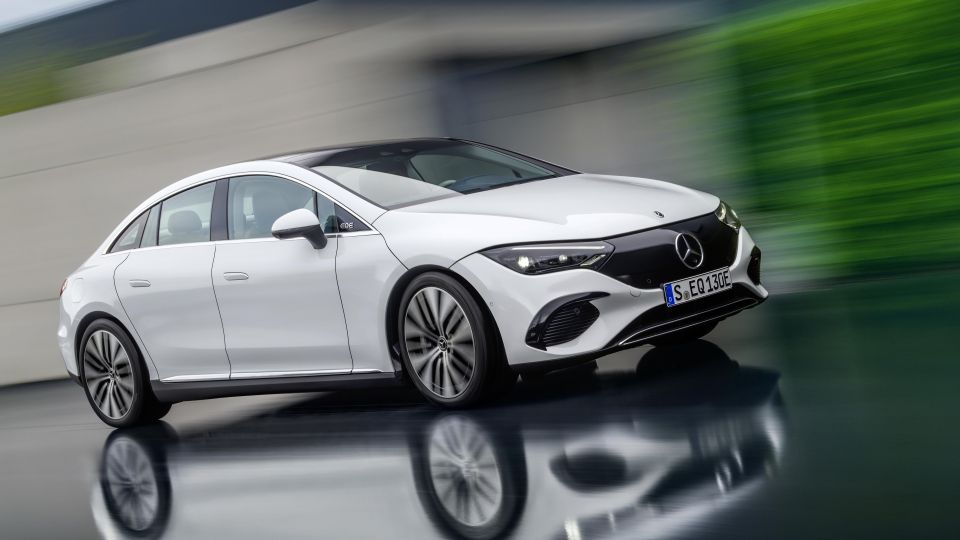
Mercedes-Benz has confirmed the regular EQE (above) is due in Australia during the second half of 2022.
Our models will be sourced from the soon-to-be climate-neutral Bremen, Germany plant instead of the EQE’s other plant in Beijing, China.
It’ll be available at in two variants: the EQE 350, and an as-yet unspecified model (likely the AMG 53) that’ll feature dual-motor all-wheel drive.
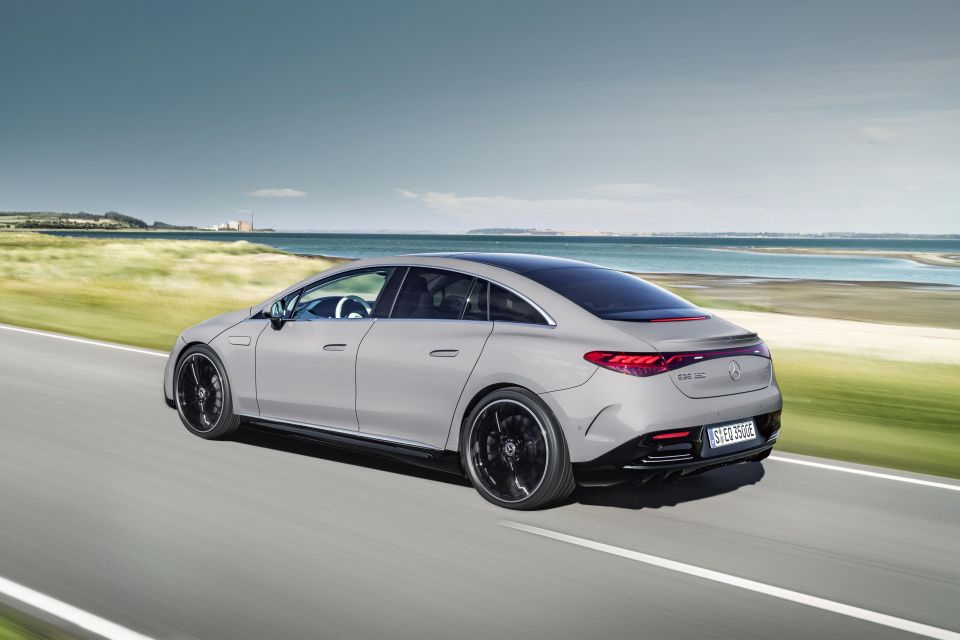
The EQE 350 has a 90kWh lithium-ion battery and a rear-mounted electric motor with 215kW of power.
Electric range for the EQE line-up is 545-660km on the WLTP cycle, while power consumption is 19.3-15.7kWh.
You can charge it using DC fast-charging (up to 170kW) or single-phase or three-phase AC, with an optional AC charging capacity of up to 22kW.
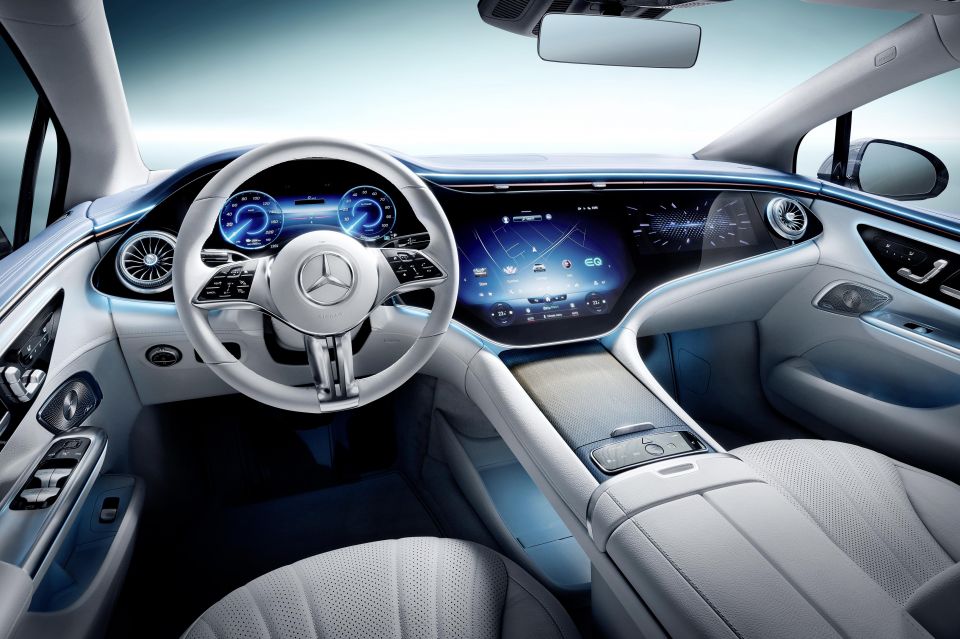
Where expert car reviews meet expert car buying – CarExpert gives you trusted advice, personalised service and real savings on your next new car.
Scott Collie is an automotive journalist based in Melbourne, Australia. Scott studied journalism at RMIT University and, after a lifelong obsession with everything automotive, started covering the car industry shortly afterwards. He has a passion for travel, and is an avid Melbourne Demons supporter.


William Stopford
5 Days Ago
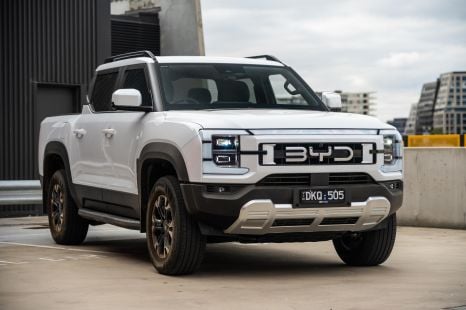

Max Davies
4 Days Ago
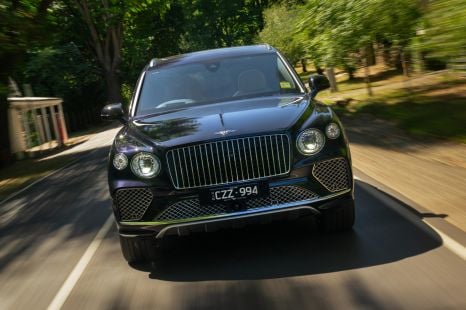

Josh Nevett
3 Days Ago
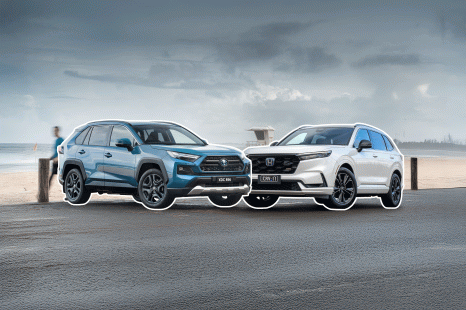

Andrew Maclean
2 Days Ago
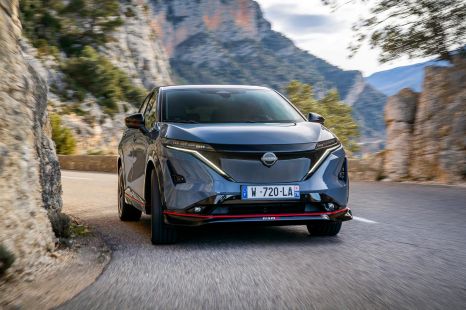
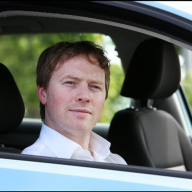
Shane O'Donoghue
2 Days Ago
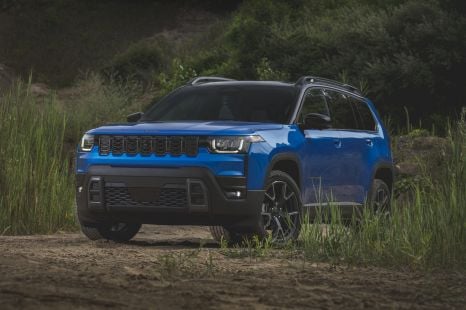

William Stopford
1 Day Ago